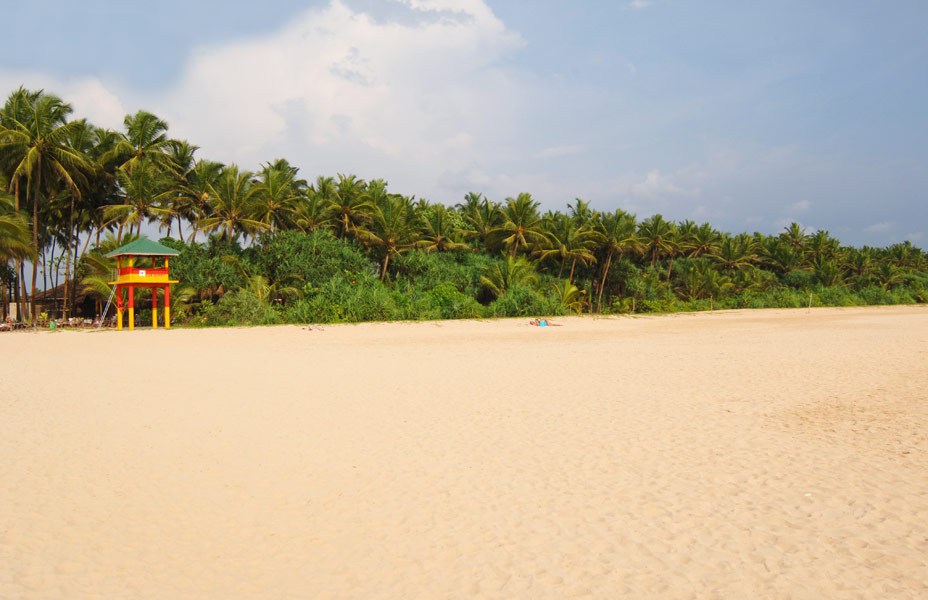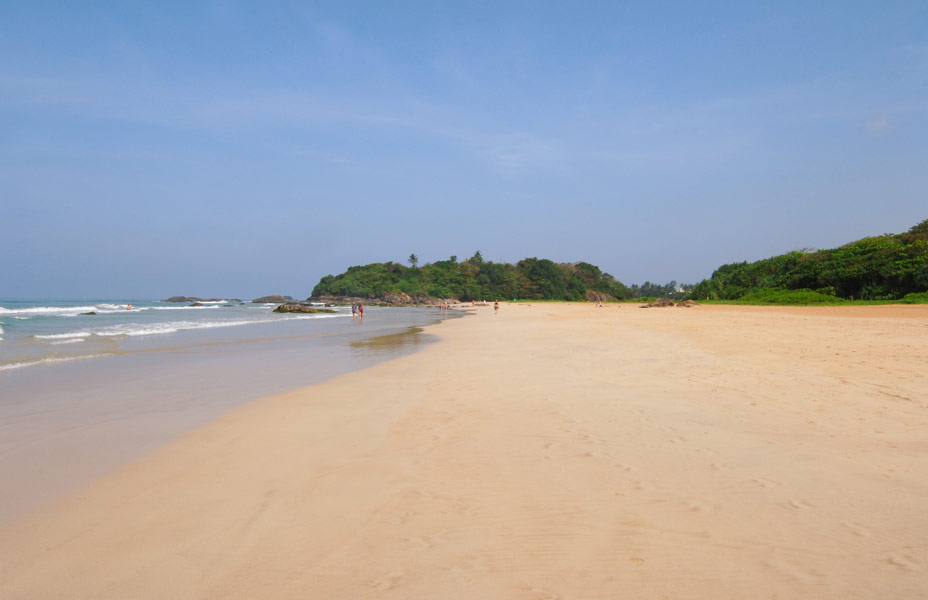- Home
- Accommodation
- DINING
- WELLNESS
- WATERSPORTS
- Weddings
- Facilities
- Things to Do
- About Us
- Contact Us
- Book Now
YOU ARE IN: HOME > THINGS TO DO > EXCURSIONS
Marine Turtle Hatchery
In 1981 the Wildlife Protection Society established the famous Kosgoda Turtle Hatchery to protect Sri Lanka's turtles from extinction. Fishermen walk along the sandy beaches at night and collect the turtle eggs. Initially, they were then sold to who ever would pay the highest price. Once the Kosgoda Turtle Hatchery opened, the hatchery began paying the fisherman for the eggs. Visitors of the hatchery can see the huge tanks filled with new born turtles. The baby turtles are fed and cared for until they are 2-4 years old. They are then taken to the sea and released during the safer hours of darkness. The main laying season is from October to April, but some eggs can be found at Kosgoda throughout the year.
The beaches of Sri Lanka are the nesting grounds for five species of marine turtles. They are the Green Turtle, the Leatherback, the Hawksbill, the Loggerhead and the Olive Ridley. All 5 species have been recorded to nest along specific areas of Sri Lanka’s coast.
Studies have indicated that beaches can be categorized in accordance with visitation by different species of turtles. For example Leatherbacks nest at Walawe Modera and Godawaya. Hawksbill nests at Bentota while Green Turtle nests at Rekawa and Kosgoda. Loggerheads nest at Welipatanwala. Olive Ridleys are the only species of turtle that nest everywhere.
If you want to see turtles visiting the South Western and South Eastern coastal villages you can do this at night from a distance with the aid of binoculars. Nesting turtles should not be disturbed and light disturbances should be minimised at night.
In 1981 the Wildlife Protection Society established the famous Kosgoda Turtle Hatchery to protect Sri Lanka's turtles from extinction. Fishermen walk along the sandy beaches at night and collect the turtle eggs. Initially, they were then sold to who ever would pay the highest price. Once the Kosgoda Turtle Hatchery opened,
the hatchery began paying the fisherman for the eggs. Visitors of the hatchery can see the huge tanks filled with new born turtles. The baby turtles are fed and cared for until they are 2-4 years old. They are then taken to the sea and released during the safer hours of darkness. The main laying season is from October to April, but some eggs can be found at Kosgoda throughout the year.
The beaches of Sri Lanka are the nesting grounds for five species of marine turtles. They are the Green Turtle, the Leatherback, the Hawksbill, the Loggerhead and the Olive Ridley. All 5 species have been recorded to nest along specific areas of Sri Lanka’s coast.
There are 18 hatcheries found along the southern coastal line; of them, nine hatcheries are found in the district of Galle and one is found in the district of Hambantota (Darwin's Cabana). According to statistics from 1996 to 1999, nearly a hundred thousand sea turtles were hatched and released to the sea from these hatcheries.
Marine turtles were roaming the oceans for about 190 million years. Among the many different varieties of this species only eight of these ancient reptiles are found living today. The following five different species visit Sri Lanka beaches to nest: Green Turtle, Olive Ridley Turtle, Leatherback Turtle, Loggerhead Turtle and Hawksbill Turtle.
- Induruwa: Green Turtle, Olive Ridley Turtle and Leatherback Turtle
- Kosgoda: Loggerhead Turtle, Hawksbill Turtle, Green Turtle, Olive Ridley turtle and the Leatherback Turtle
- Akurala: Green Turtle
- Mavela: Green Turtle and Leatherback Turtle
- Kahandamodara: Unknown species of turtles visit the area.
- Usangoda: Leatherback Turtle
- Ambalantota: Green Turtle and Leatherback Turtle
- Bundala: Green Turtle, Olive Ridley Turtle, Leatherback Turtle, Loggerhead Turtle and Hawksbill Turtle
- Yala: Green Turtle, Leatherback Turtle and Olive Ridley Turtle
- Kandakuliya: In this area, thousands of Olive Ridley Turtles are found every year. So far no nesting has been found.
Regrettably a large number of visiting turtles are caught by local fishermen for flesh and shells, which is a lucrative market. All turtles and their products are fully protected in Sri Lanka under the Fauna and Flora Protection Ordinance, as well as by International Law. Anyone found guilty of committing this offence will be liable for a jail sentence and/or fines.
If you want to see turtles visiting the South Western and South Eastern coastal villages you can do this at night from a distance with the aid of binoculars. Nesting turtles should not be disturbed and light disturbances should be minimised at night.




